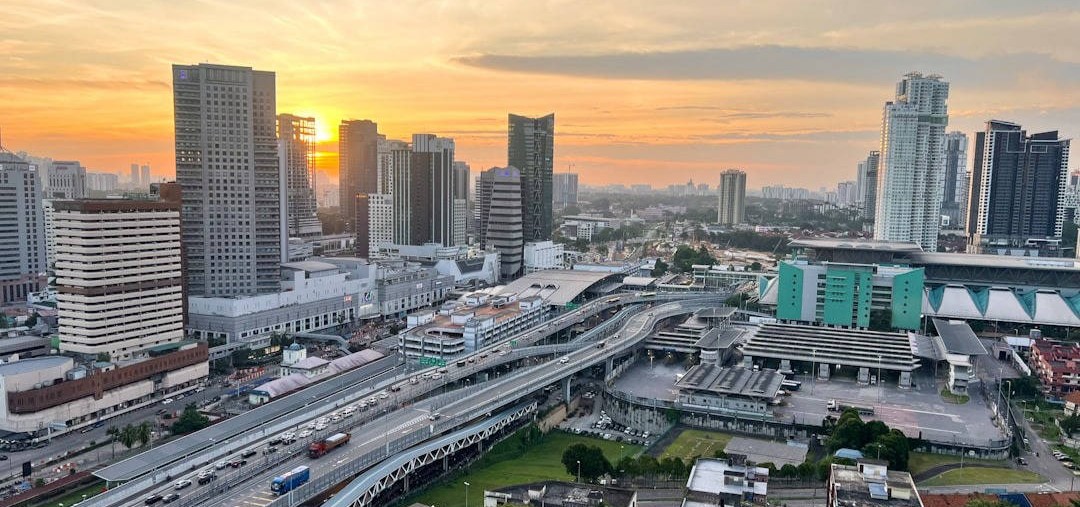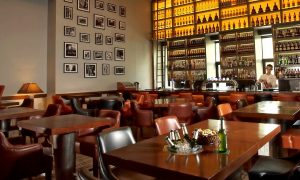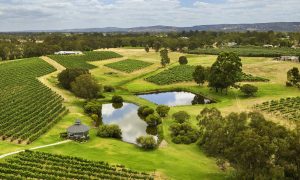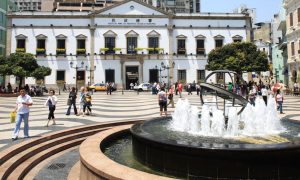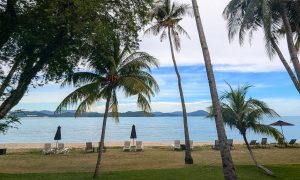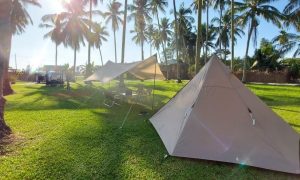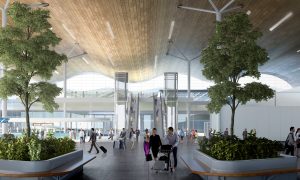The Johor-Singapore Special Economic Zone (JS-SEZ) promises to bolster economic ties and drive growth in both regions. However, its success hinges on addressing infrastructure, labor, and environmental challenges.
In January 2024, Malaysia and Singapore formalized their commitment to the JS-SEZ, aiming to create a dynamic economic hub spanning approximately 3,588 square kilometers across six districts in Johor—Johor Baru, Iskandar Puteri, Pasir Gudang, Pontian, Kulai, and Kota Tinggi. This initiative seeks to attract substantial investments across 11 sectors, including manufacturing, logistics, food security, tourism, energy, digital and green economies, financial and business services, education, and health. The ambitious goal is to secure 50 to 100 major projects within the first decade, generating around 20,000 skilled jobs, with each investment ideally exceeding RM200 million.
The JS-SEZ’s timing aligns with significant infrastructure projects nearing completion, notably the Rapid Transit System (RTS) Link and the Gemas-Johor Baru Electrified Double Track Project, both expected to enhance connectivity between Johor and Singapore. The RTS Link, in particular, is projected to facilitate the movement of approximately 10,000 individuals per hour between the two regions, potentially alleviating congestion at border crossings.
To attract multinational corporations, the JS-SEZ offers various incentives, including the establishment of the Invest Malaysia Facilitation Centre Johor (IMFC-J) in Forest City. Launched on February 18, 2025, this one-stop, multi-agency facility aims to streamline the investment process, bringing together agencies like the Malaysian Investment Development Authority, Iskandar Regional Development Authority, Invest Johor, and Johor Corporation to actively promote the zone.
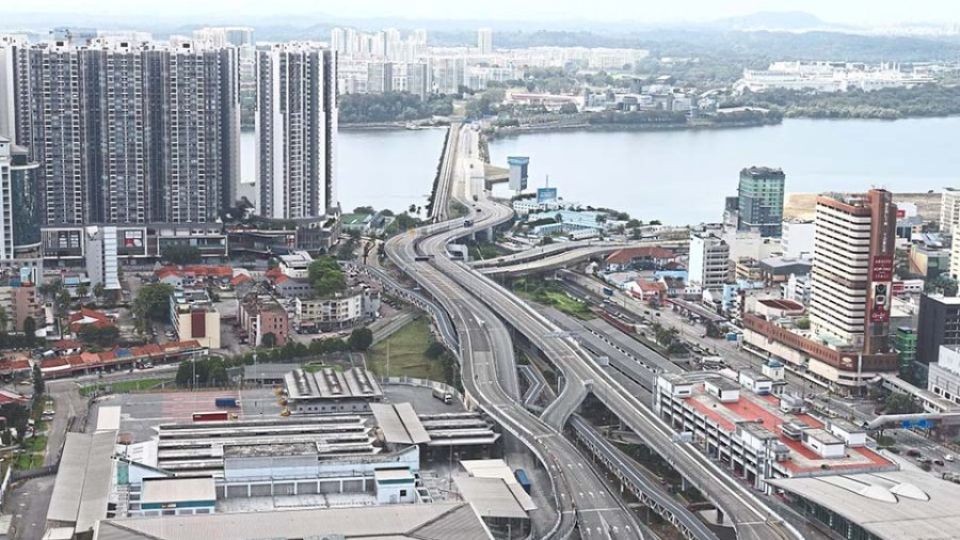
ADDRESSING POTENTIAL CHALLENGES
While the JS-SEZ presents numerous opportunities, several challenges must be addressed to ensure its success:
- Infrastructure and Urban Planning: The anticipated influx of businesses and individuals necessitates robust infrastructure development. Concerns include potential congestion, the adequacy of roads and public transportation, and the availability of essential services. Strategic urban planning is crucial to prevent overdevelopment and ensure sustainable growth.
- Labor Market Dynamics: The creation of 20,000 skilled jobs raises questions about the availability of a qualified workforce. Addressing potential skill gaps through targeted education and training programs is essential to meet the demands of incoming industries.
- Environmental Considerations: The rapid development associated with the JS-SEZ could strain local resources, particularly in sectors like data centers that require substantial energy and water. Implementing sustainable practices and ensuring responsible resource management are vital to mitigate environmental impacts.
Recent announcements underscore the JS-SEZ’s potential, such as the RM2.6 billion development at the Johor Baru RTS Link terminus, which includes a mall, four towers, a hotel, serviced apartments, a health and wellness hub, and educational facilities. Additionally, Hong Kong-listed Gold Peak Technology Group plans to invest RM670 million in manufacturing and research and development facilities within the zone.
As the JS-SEZ progresses, continuous collaboration between Malaysia and Singapore, proactive infrastructure development, and strategic policy implementation will be crucial to navigate challenges and fully realize the zone’s potential.
"ExpatGo welcomes and encourages comments, input, and divergent opinions. However, we kindly request that you use suitable language in your comments, and refrain from any sort of personal attack, hate speech, or disparaging rhetoric. Comments not in line with this are subject to removal from the site. "


